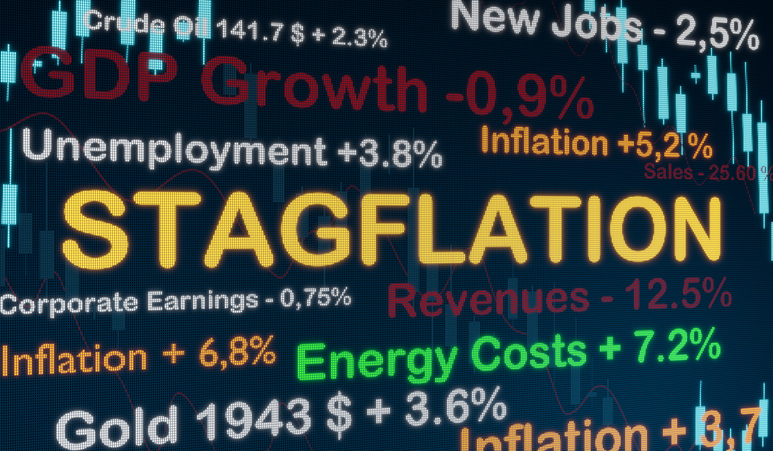Persistent Inflation Poses A Real Threat to Stock Prices
The comments below are an edited and abridged synopsis of an article by Michael Lebowitz
Inflation is running hot at 5.4%; the unemployment rate, less people who quit, is 1.9%; QE is running at $120 billion a month; the Fed won’t even think about raising interest rates until QE ends. If you don’t think inflation can be persistent, think again.
The Fed says that the rationale to keep the monetary pedal to the metal is a weak labour market. A graph (included) calls their logic into question.
Quitters are defined as those leaving jobs voluntarily and in search of better or higher-paying jobs. The current quit rate in the US of 2.9% is the highest in its 20-year history. A high quit rate is a signal of a healthy labour market.
It’s not just high inflation and a strong labour market forcing prices up; it’s supply line difficulties and shortages of many goods and commodities.
It’s time to start thinking outside of the stable inflation box. The inflation environment most investors are comfortable with may be collapsing.
Equities are becoming sensitive to the rising possibility of persistent, not transitory, inflationary pressures.
Up for discussion: The specter of inflation; investors prefer stability; what if inflation is persistent; and profit margins matter.
No one know what the future holds. It is not a given that supply lines will moderate and inflation will normalize. Workers are becoming more emboldened to seek higher wages, threatening a wage-price spiral.
The Fed is acting as if the economy were in a depression when it is booming. More inflation is probable, at least in the short run, and should appreciate how inflation can wreak havoc on stock prices.
Given record profit margins and valuations, there appears little upside, especially if inflation remains problematic. Throw stagflation into the formula, and the outlook is bleak.
Consider the risks and rewards in various inflation environments and trade accordingly. This time is different!



